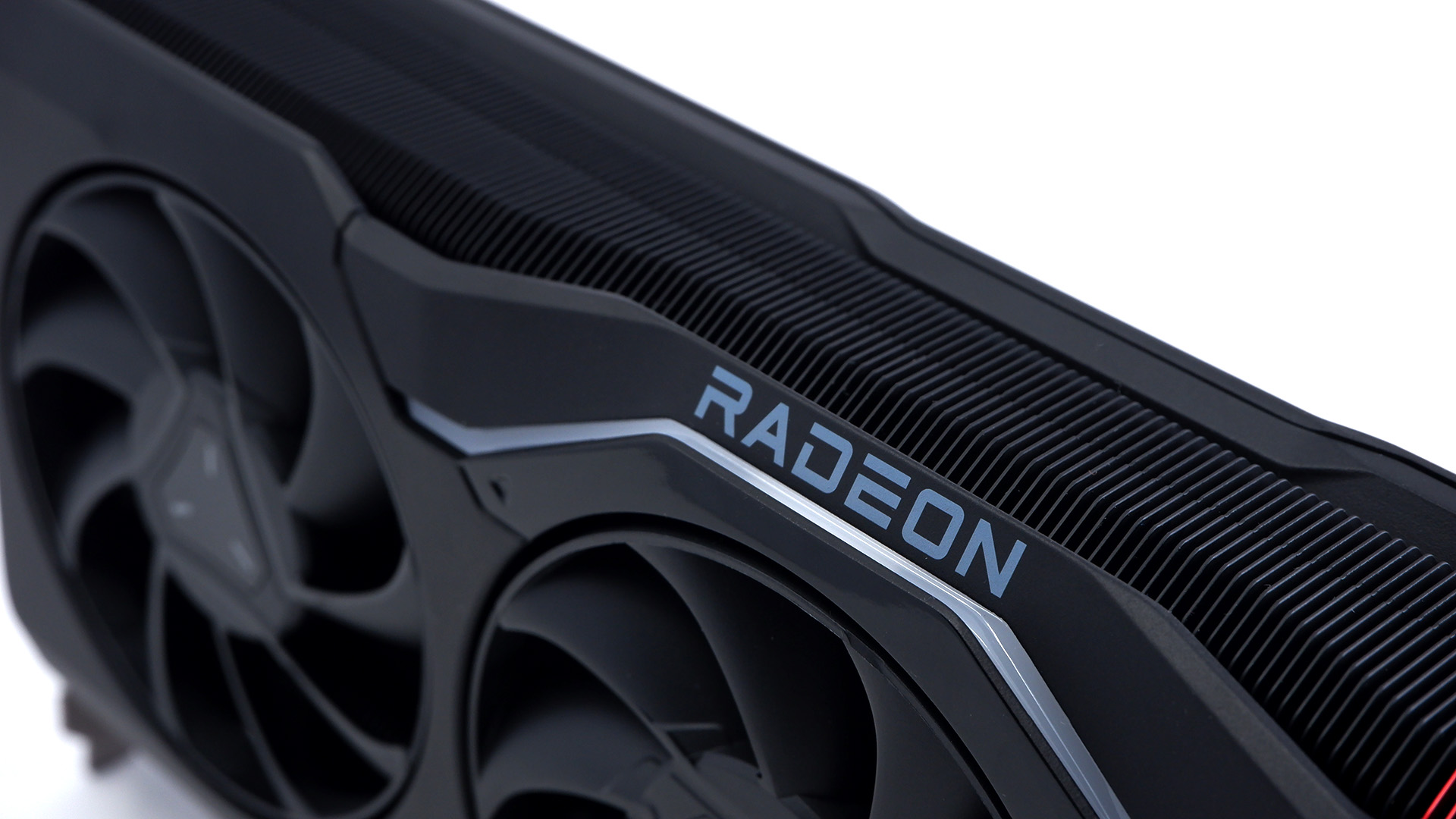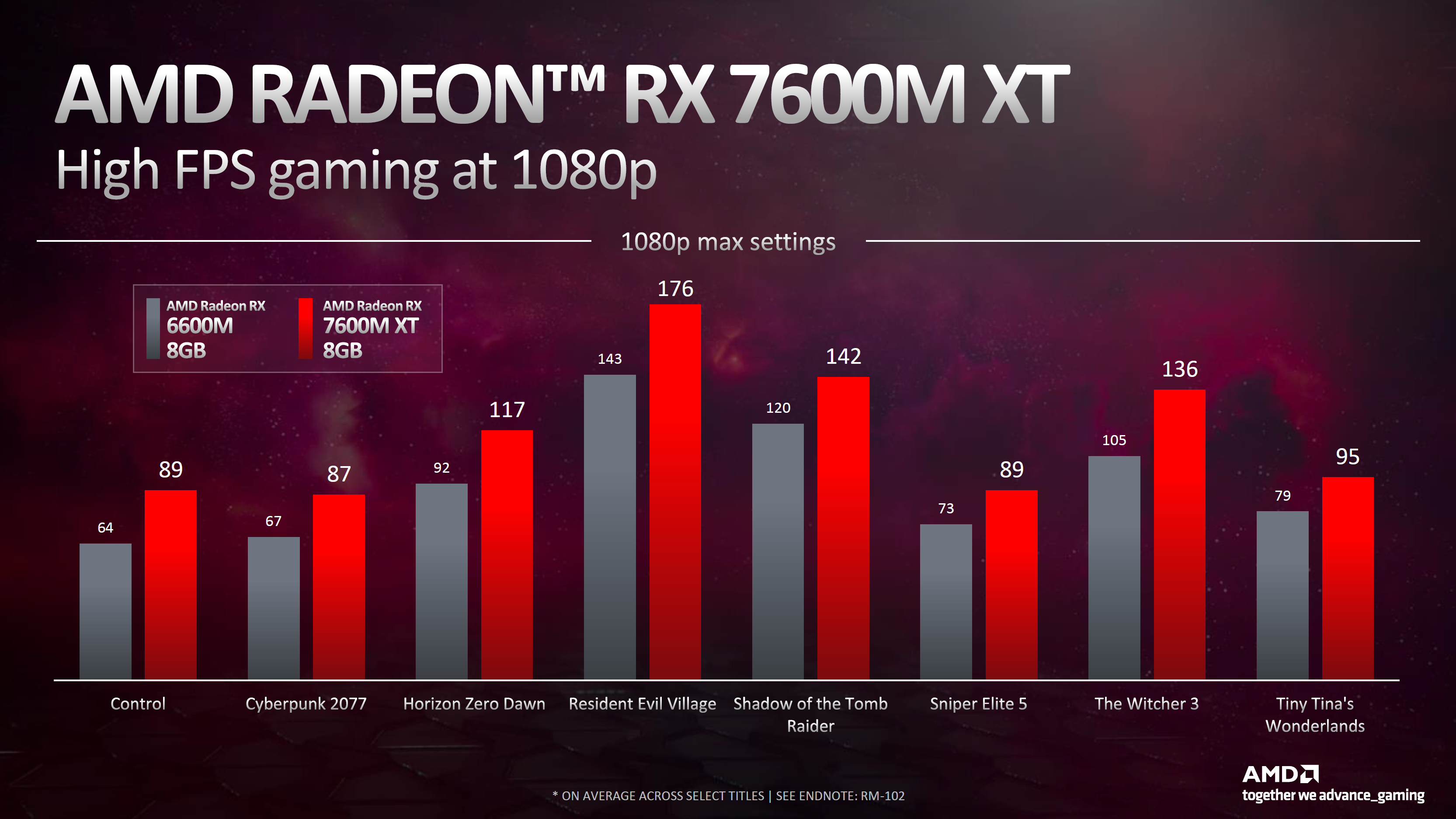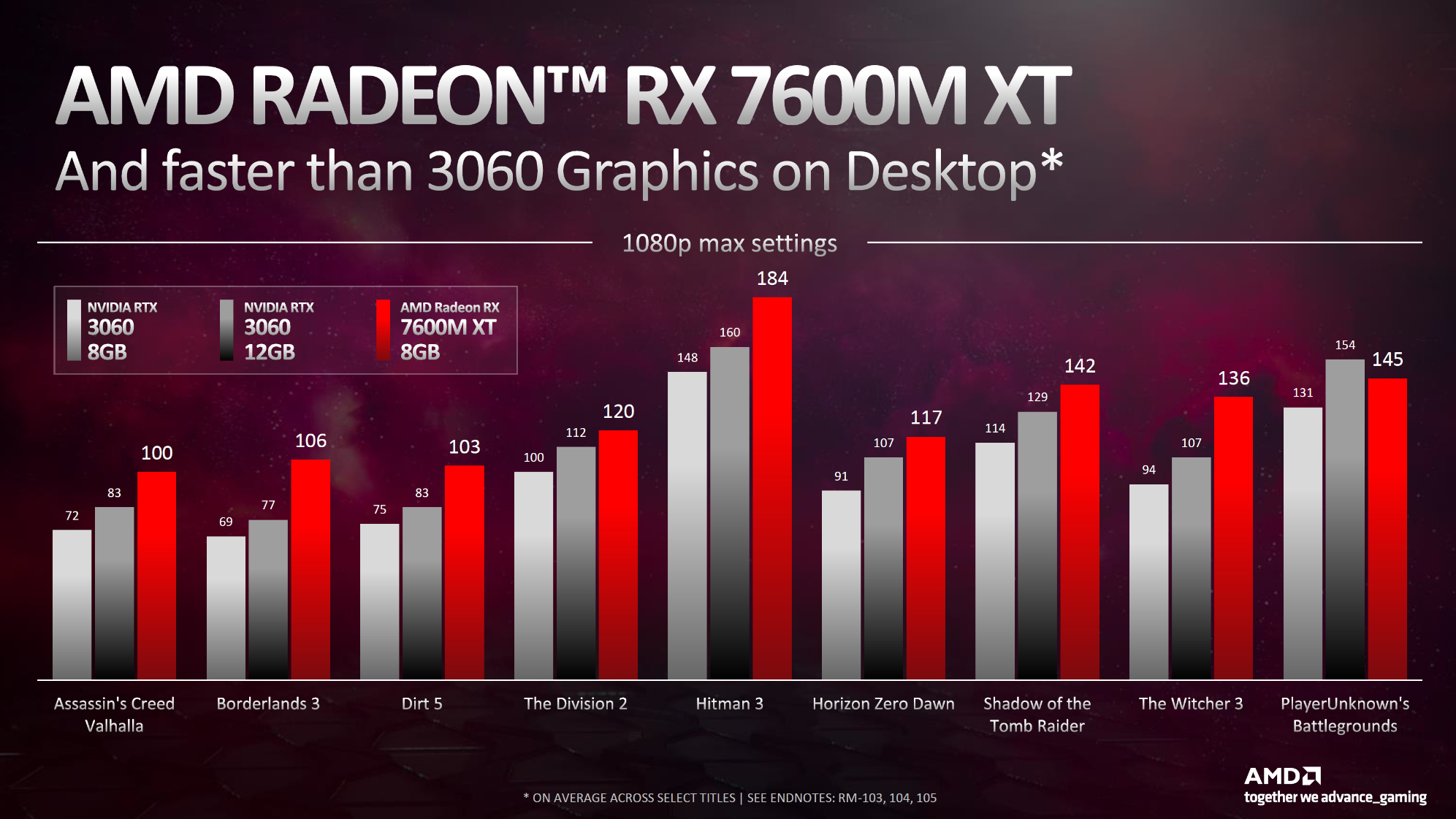AMD will launch a new 'mainstream' GPU by the end of June and it's almost certainly the 7600 XT
But will it be priced low enough to actually be worth buying?

AMD's head honcho Lisa Su has confirmed what we really already knew. There's a new mainstream Radeon RX 7000 GPU coming and it will be here by the end of June.
"We're on track to expand our RDNA 3 GPU portfolio with the launch of new mainstream Radeon 7000 series GPUs this quarter," Su said.
Sadly, Su didn't go into any further details in her comments, which came in AMD's quarterly earnings call with the usual roll call of bankers and financial analysts. However, "mainstream" in this context typically implies fairly low-end hardware. Put another way, we wouldn't expect Su to refer to something like a Radeon RX 7800 XT or 7700 XT as "mainstream".
At the same time, there have been numerous rumours of a May 25 launch date for the RX 7600 XT, which certainly aligns with both Su's commitment to launch the new GPU during the current quarter, which goes to the end of June, and the "mainstream" characterisation.
As for what you can expect from the 7600 XT in terms of hardware and performance, well, it's expected to be based on the upcoming Navi 33 GPU, which is a small monolithic GPU rather than a chiplet design.
We actually already know from AMD itself precisely what Navi 33 looks like, because it forms the basis of the RX 7600M XT mobile GPU, which AMD has already announced. So, we know it has 32 compute units, 2,048 stream processors and hits 21.4 TFLOPS running at 2.3GHz.
It's safe to assume that the desktop 7600 XT will clock at least a bit higher, so the outright graphics processing power should be in the region of 25 TFLOPS, give or take.
Keep up to date with the most important stories and the best deals, as picked by the PC Gamer team.



On paper, that will make the 7600 XT roughly twice as powerful as the old 6600 XT. That existing GPU also has 32 compute units, but AMD has double pumped its stream processors in the RDNA 3 architecture that forms the basis of RX 7000 GPUs.
So, the raw theoretical TFLOPS performance doubles per compute unit. As we've seen from the existing RX 7900 XT and XTX GPUs, however, that doesn't translate into anything like double the actual gaming performance.
It's notable that Navi 33 is not built on TSMC's 5nm node, like the 7900 GPUs. It uses the old 6nm node, which is closely related to the 7nm technology used for the 6600 XT.
That's important because it implies clock speeds won't take a massive leap forward over the 6600 XT's 2.6GHz boost clock. In fact, we'd expect the 7600 XT to run at around that sort of speed.

Best CPU for gaming: The top chips from Intel and AMD
Best gaming motherboard: The right boards
Best graphics card: Your perfect pixel-pusher awaits
Best SSD for gaming: Get into the game ahead of the rest
So, how much more gaming performance can you actually expect from the 7600 XT? Based on everything we know so far, very likely no more than 30%.
On the memory side of things, the 7600 XT is expected to have the same 8GB frame buffer as the 6600 XT. That's because Navi 33 has a 128-bit memory bus, which limits AMD's options when it comes to memory allocation. 12GB of VRAM, for instance, isn't an option.
That definitely won't be great with some games like The Last of Us: Part 1, which can exceed 8GB running at 1080p. Whether 8GB will prove a limitation for enough games to be a major headache is yet to be seen. But it will make judging the value proposition difficult.
Currently, a 6700 XT with 12GB can be had for about $350 while the 6600 XT goes for around $250. In our view, therefore, an 8GB 7600 XT ought to be no more than the 6600 XT currently sells for. Even at $250, the VRAM limitation is a bit of a turn off.
But of course, the 6600 XT launched at $379. So, a $250 launch price doesn't seem very likely, does it? Instead, it could well be over $300. And that won't be very appealing at all. Same old, for the current GPU market, then.

Jeremy has been writing about technology and PCs since the 90nm Netburst era (Google it!) and enjoys nothing more than a serious dissertation on the finer points of monitor input lag and overshoot followed by a forensic examination of advanced lithography. Or maybe he just likes machines that go “ping!” He also has a thing for tennis and cars.

